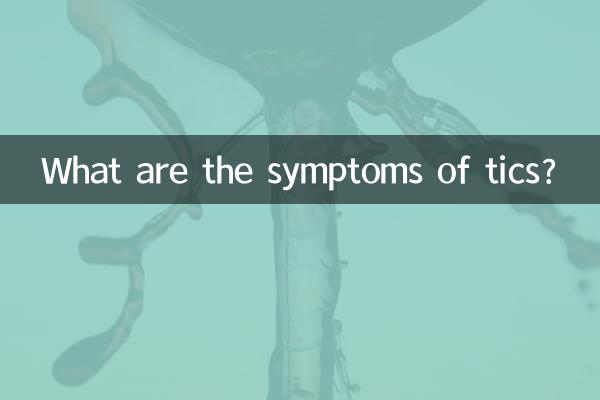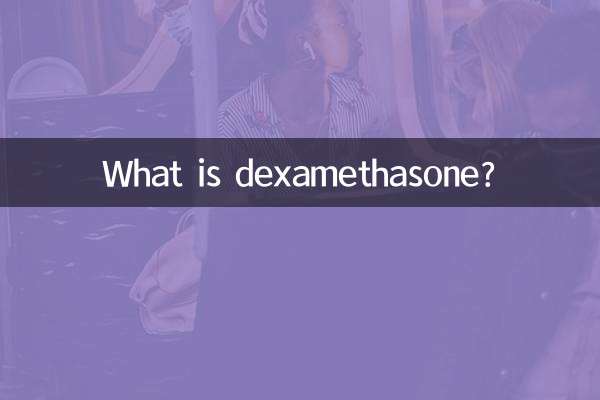What are the symptoms of tics?
Tourette Syndrome (TS) is a neurodevelopmental disorder characterized by involuntary, repetitive movements or vocal tics. In recent years, as public attention to mental health has increased, tics have become one of the hot topics. This article will combine the hot content of the past 10 days to analyze the manifestations of tics in detail, and help readers better understand it through structured data.
1. Core manifestations of tics

The symptoms of tics are usually divided into two categories: motor tics and vocal tics. The specific manifestations are as follows:
| Type | Common symptoms | Example |
|---|---|---|
| motor tics | involuntary muscle contractions or movements | Blinking, shrugging, kicking, facial contortion |
| vocal tics | Involuntary vocalizations or speech | Clearing the throat, screaming, repeating words or phrases |
2. Course and severity of tics
Symptoms of tics usually first appear in childhood (5-10 years old), may worsen during adolescence, and may lessen in some patients as adults. The following table shows the distribution of the course of tics:
| age group | Symptom characteristics | Proportion (approximately) |
|---|---|---|
| 5-10 years old | Symptoms first appear, mostly simple tics | 60% |
| 10-18 years old | Symptoms may worsen and complex tics may increase | 30% |
| Adulthood | Symptoms of some patients reduce or disappear | 10% |
3. Common accompanying symptoms of tics
Patients with tics often have other psychological or behavioral problems. The following are related symptoms that have been hotly discussed in the past 10 days:
| accompanying symptoms | Description | frequency of occurrence |
|---|---|---|
| Attention Deficit Hyperactivity Disorder (ADHD) | Inattention, hyperactivity and impulsivity | 50%-60% |
| Obsessive-compulsive disorder (OCD) | Repetitive behaviors or obsessive thoughts | 30%-40% |
| anxiety or depression | Mood swings, social anxiety | 20%-30% |
4. Hotspots in Diagnosis and Treatment of Tics
There has been a lot of discussion on social media recently about the diagnosis and treatment of tics. Here are the key points:
1.Diagnostic criteria:It needs to be judged by a professional doctor based on the duration and type of symptoms. The following conditions usually need to be met:
2.Treatment:Currently hotly debated treatments include:
5. Common misunderstandings about tics among the public
Based on recent online discussions, the following are clarifications on three major misunderstandings about tics:
| Misunderstanding | facts |
|---|---|
| Tics are a psychological problem | It is actually a neurodevelopmental abnormality related to dysfunction of the basal ganglia of the brain. |
| People with tics can curse (tourette syndrome) | Tourette's speech only occurs in 10% of patients and is not an essential symptom |
| Tics are contagious | It is a non-communicable disease and is related to genetic factors |
6. How to support people with tics
The "Tic Disorder Care Guide" recommendations that have been widely circulated on social platforms recently:
Summary: The manifestations of tics are complex and diverse, but through scientific understanding and reasonable intervention, patients' quality of life can be significantly improved. Recent public attention to tics has increased significantly, helping to eliminate stigma and advance related research.

check the details

check the details